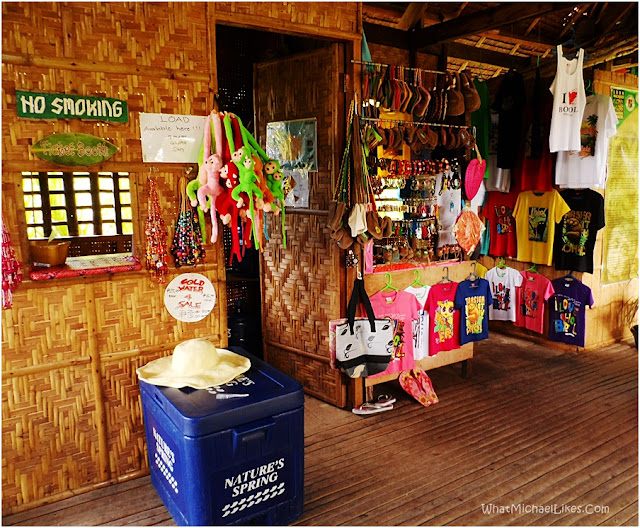Everybody knows this incredible tree that can be found anywhere around the Philippines especially in those areas along the beaches and lakes. This tree of life is scientifically known as Cocos nucifera but better understood if we would just say: coconut, buko or niyog…
Amazingly, there are over a thousand uses and products a single coconut tree can be made into. I can’t provide you that list but for sure, there are a couple of things that might come to your mind right now if I say the word, Coconut. Your toothpaste, bath soap and shampoo are usually mixed with components that were derived from the coconut fruit. You might as well think about some of the skin care products that you use, furnitures that you own, the bunot (a well-known floor tile polisher made of sun dried coconut husk cut perfectly into halves) and worse, I made you crave for a creamy, sweet cocojam. These are few things that I know that you can easily relate to when it comes to the uses of coconut.
But there is this first and unique experience of mine that all started from this amazing tree. Here in Bohol, I was given a chance to taste what is more than just the coconut water. I want to thank Uncle Freddie and Mr. Efren de Guzman of Bohol Coco Farm for introducing the coconut sap and the coconut wine or what is locally known as tuba.
The Coconut Sap Experience
I have not heard about this until the owner of Bohol Coco Farm, Efren De Guzman, invited me to taste the real tuba. I don’t want to confuse you but here in Bohol, the term tuba applies to both coconut sap and coconut wine.
What I am going to taste this time is the coconut sap. Let me first give you an idea how this fresh coconut sap was being produced and harvested.
Korakora said on her website, Korakora.org: “A bunch of coconut flowers are tied together with a rope or rattan twine and then the tip of the bunch is sliced with a very sharp curved knife called “sanggot”. It is the sap from this cut that is let to drip into a container.”
Once the container was half filled with the fresh sap then a "manananggot"—the one who can climb up the tree expertly will then climb to cut or remove the container (cola cylinder) that was attached.
Once the fresh coconut sap was obtained from the temporary plastic bottle storage; now ready to serve...
I couldn’t really give you an exact taste of the coconut sap but let me try to explain how amazing this juice exploded on my taste buds. It tasted like nectar and as sweet as honey. I’m not really sure about its slightly sweet milky taste too! Once it runs down to your throat, it felt smooth as a ladies drink. Additionally, it's not so much acidic or irritating. Its aroma is as sweet as a coconut water concentrate.
The Coconut Wine-Tasting
One cool experience on coconut wine-tasting was when I was with Uncle Fred when we visited his relatives in Loon. There was a store along the street where I saw these big gallons of—I first thought its vinegar—but wine.
I asked Uncle Freddie about it and he said that these gallon containers contain tuba. Again, don’t be confused because the term tuba can be used alternately. This time, I am talking about the fermented coconut sap—now the coconut wine.
While I was here, they offered me if I want to give it a try. Yes of course! This could be another whole new experience, I thought.
He advised me to mix it with soda like Pepsi or Coke but respectfully I refused. I told him that since this is going to be my first time then I must taste what is so called the ‘original’ taste. So then, he served me a glass of coco wine. After that, he jokingly said: “Baka malasing ka ah! (You might get drunk!) and he laughed.
The taste of this coconut wine is different but somehow similar to the coconut sap. More of a wine, it could bring you a slight burning sensation in your mouth and throat. Being a very occasional wine drinker, I don’t really know how to rate its taste. But for me, it’s going to be a thumbs up score—not so strong as gin but just light as red wine. It doesn’t sting too much but somehow it could leave you a little of that tipsy feeling after.
So there. I guess this experience could not give me any life-changing lessons nor could make me a better person, but you know that little feeling of satisfaction? I consider these things as little joys of life—a moment worth remembering. And this small chunk of happiness is a thing money can’t always buy.















































